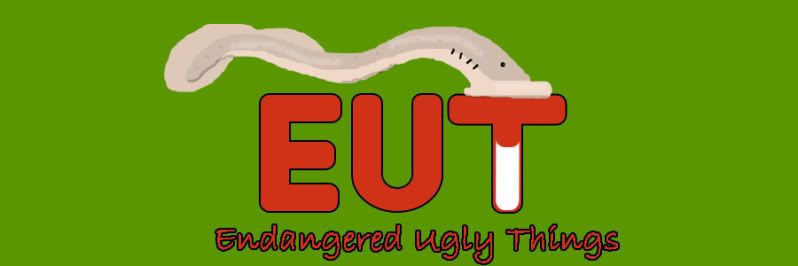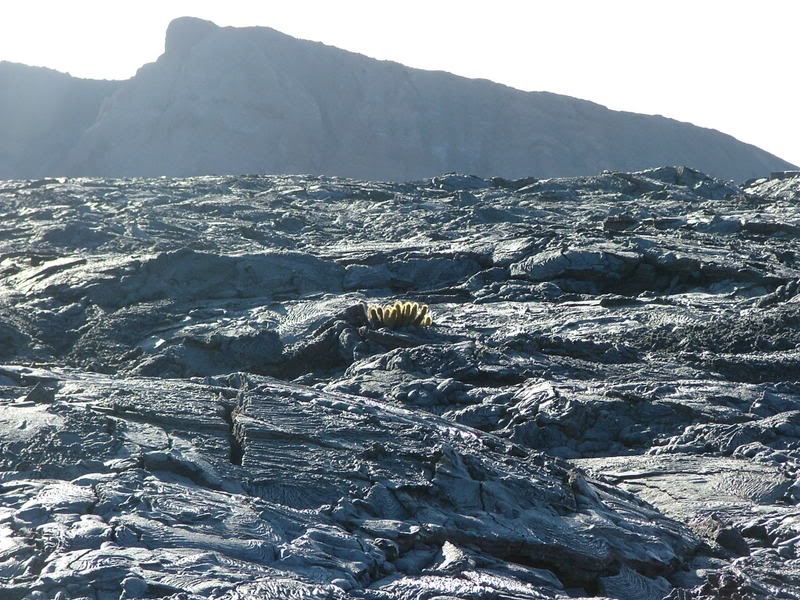 |
| Drosophila heteroneura--Image from U.S. Fish and Wildlife Services |
These, however, are collectively known as Hawaiian picture-wing flies, or pomace flies (pomace is remains from grape or olive oil). Drosophila aglaia, D. differens, D. hemipeza, D. heteroneura, D. montgomeryi, D. musaphilia, D. neoclavisetae, D. obatai, D. ochrobasis, D. substenoptera, and D. tarphytrichi are listed as endangered, and D. mulli is listed as threatened.
I kept seeing picture-wing flies described as, to quote the Recovery Outline,
…the “birds of paradise” of the insect world because of their relatively large size (4.32 to 6.35 millimeters [0.17 to 0.25 inches), colorful wing patterns, and the males’ elaborate courtship displays and territorial defense behaviors.Seeing this, I had to figure out what those displays and behaviors were. Maybe I’m just not knowledgeable enough about birds of paradise. According to this article, the male flies will form a lek, or a mating ground to display to females. Each male will fight for his little piece of the lek, and then wait for the females to come. Once the females, show up, the males will perform species-specific mating dances to secure that female. Which is a lot like birds of paradise’s ritual, apparently.
Their eggs are laid on fairly specific plants, one of which is endangered as well. It and the other plants are being eaten by various invasive species, such as pigs, goats, cattle, and rats. Invasive grasses, along with management practices, have also removed the plants upon which the flies rely. The flies themselves are being preyed upon by other introduced species, such as wasps and various ants that have invaded Hawaii.
The question arises, what’s being done to save these flies? The major answer: they were added onto the endangered species list. They were added too recently to have many recovery programs in place. The endangered plant that two of the flies lay eggs on is protected, so that should help some. I just wish the Hawaiian Drosophila Project had a website, so I could see their input on this subject.
1Nothing against the polar bear at all. I’m glad to see they’re being considered, and citing global climate change as the reason is a step in the right direction.
2Drew suggested that I put together a list of ugly species that have been listed this past year. I thought that was a great idea, until I found out that there were 700 species listed as vulnerable, threatened or endangered by IUCN in the past year. Figuring out which ones were ugly would take some time.
3Drosophila melanogaster, for one, also used in scientific labs around the world.

